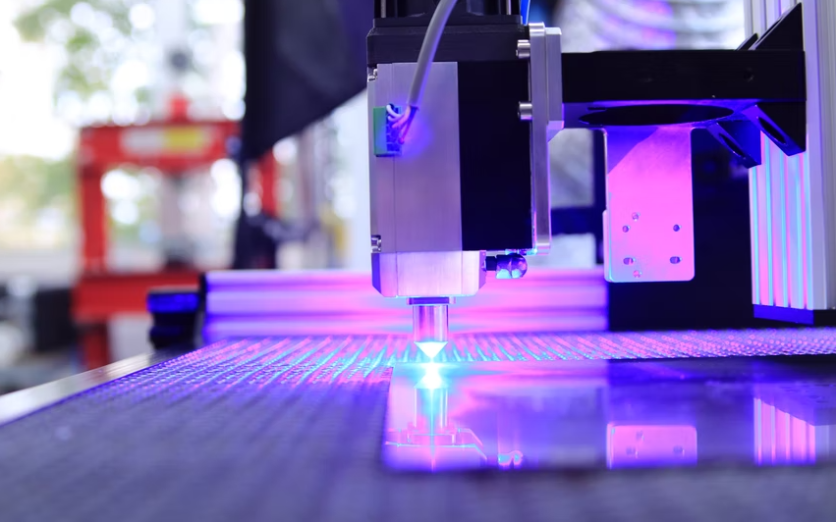
3D printing was first introduced in 1984 by Charles W. Hull. The inventor developed computer-aided software that designs and creates three-dimensional objects.
After more than 30 years, 3D printing has found applications across several industries, including healthcare and device manufacturing.
As 3D printing becomes more advanced and economically accessible, its applications on different sectors of our lives continue to broaden.
What started out as a gimmick can now hold answers to a lot of complex problems.
3D Printing's Contribution to the Future of Medicine
3D printing has been credited with some of medicine's most impressive recent advancements, including 3D-printed prosthetic devices, vascular tissue, and bones. It has also contributed to the advancement of medical devices like pacemakers and surgical guides.
According to Global News, experts have stated that 3D printers can help change almost every aspect of the way that we live.
Although it may sound like it is too good to be true, especially since it is a device that has been in the market for decades, 3D printing can replicate almost anything, and that power can be used to the public's advantage.
Also Read: Revolutionary Startup AMBOTS Shows off its 3D Printing 'Swarm' of Robots
The Contribution of Anubis 3D
One company that believes that 3D printing can contribute more to society is Anubis 3D. Founded by Tharwat Fouad in 2012, the Mississauga-based company have produced more than 10 million parts using 3D printers.
The company's parts are used for industrial applications, where quality standards are very strict. Every piece gets run though several tests before it gets green lit.
What makes Anubis 3D stand out from its competitors is its speed.
Fouad said that designing a complex part takes time, but manufacturing it is pretty fast. Each 3D printed piece takes about a day or two to complete. In other companies, it takes weeks before they can complete the order.
Fouad added that the company two workers running three to four machines, and they only do it for eight hours a way.
The machine itself runs 24 hours every day. This means that the cost of running the machine costs them money, but they don't get to spend much on labor.
3D Printing's Contribution to Labor
Manufacturing gadgets and devices in North America requires manpower, and that isn't cheap. This is why most companies hire overseas workers to do the difficult job, according to Plus Social Good.
But with 3D printing, that dilemma could be fixed. In fact, it can solve the issues with overseas manufacturing, like long wait times and expensive shipping costs.
What makes 3D printing enticing is the promise that you won't have to wait for your part to come from other countries, as you can have it made immediately.
Many are now hopeful that 3D printing can help make manufacturing industry local again. Although this will not lead to a hiring boom, it can have a lot of implications for the environment.
Environmental Impact of 3D Printing
Shipping materials to other countries to be turned into good and then shipped back produces enormous carbon footprint that is not good for the planet, according to Clean Technica.
But with 3D printing, it could eliminate the global supply chains and reduce the carbon footprint of companies.
Related Article: 3D Printing Produces Lab-Grown Wagyu Steak in a New Study
This article is owned by Tech Times
Written by Sophie Webster

![Apple Watch Series 10 [GPS 42mm]](https://d.techtimes.com/en/full/453899/apple-watch-series-10-gps-42mm.jpg?w=184&h=103&f=9fb3c2ea2db928c663d1d2eadbcb3e52)


